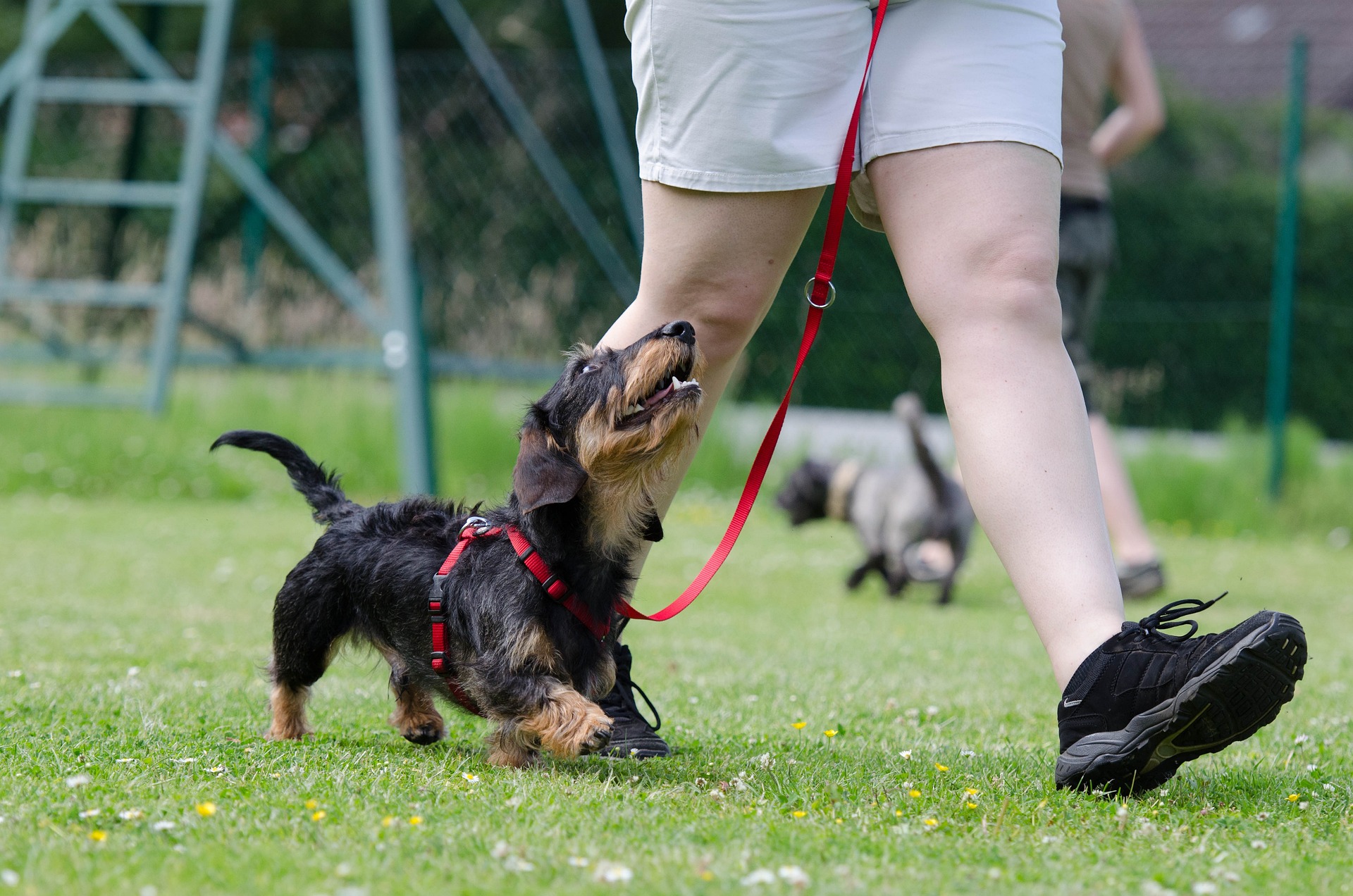Step-by-Step Approaches to Address Common Behavior Challenges
Behavior challenges in companion animals often stem from clear, fixable causes such as unmet physical needs, inconsistent training, or environmental stressors. This article outlines practical, stepwise approaches that owners and caretakers can use to reduce unwanted behaviors and promote stronger wellbeing for pets across species.

Step-by-Step Approaches to Address Common Behavior Challenges
Every animal communicates through behavior, and what looks like a problem is often a sign of an underlying need. Addressing common challenges requires a structured approach that considers grooming, training, environment, diet, and social needs. The steps below guide caretakers through assessment, intervention, and ongoing maintenance so changes are predictable and measurable.
Grooming: How can routine care reduce stress?
Grooming is more than aesthetics; it affects comfort, skin and coat health, and the bond between animal and caregiver. Start by observing tolerance to handling and signs of discomfort like scratching, licking, or agitation during grooming. Create a gradual desensitization plan: short handling sessions, positive reinforcement with treats or praise, and slow increases in duration. For animals with mats, ear issues, or nail pain, consult a professional groomer or veterinarian before full grooming. Regular grooming reduces sensory irritants that can trigger excessive scratching, restlessness, or avoidance behaviors.
Training: What step-by-step methods work?
Training reduces problem behaviors by teaching alternative, desirable responses. Begin with a clear target behavior and break it into small, achievable steps. Use positive reinforcement to reward incremental progress and maintain short, frequent sessions to prevent overload. If an animal reacts fearfully, pair training cues with high-value rewards and allow retreat space. Consistency among household members is essential: everyone should use the same cues and rewards. For complex issues like separation anxiety or aggression, combine basic training with environmental modifications and professional guidance.
Behavior: How to identify root causes?
A structured assessment helps distinguish medical from behavioral causes. Start with a checklist: recent changes in appetite, sleep, mobility, litter or toileting habits, and social interactions. Rule out medical issues with a veterinary check when behaviors are sudden, severe, or accompanied by physical signs. Once medical causes are excluded, track triggers and consequences—where and when the behavior occurs, what precedes it, and what follows. This functional analysis guides targeted interventions that address the cause rather than only treating symptoms.
Enrichment: Which activities improve wellbeing?
Environmental enrichment addresses boredom and frustration that often manifest as destructive or repetitive behaviors. Identify species-appropriate enrichment: puzzle feeders and novel toys for cognitive challenge, scent trails for exploratory species, and climbing structures or hiding spaces for shelter-seeking animals. Rotate toys and activities to maintain novelty and schedule daily enrichment sessions so animals have predictable outlets for energy and curiosity. Enrichment reduces reliance on unwanted behaviors to meet mental and physical needs.
Nutrition: How does diet affect behavior?
Diet influences energy levels, mood, and cognitive function. Evaluate feeding schedules, portion sizes, and food quality first. High-energy, easily accessible treats can reinforce hyperactive responses, while slow feeders and measured portions can tone down excessive activity around mealtimes. Certain nutritional deficiencies or medical conditions may alter behavior; a veterinary nutrition consult can clarify if diet changes are warranted. Introduce dietary adjustments gradually and monitor behavior and body condition during transitions.
Socialization: How to support positive interactions?
Socialization builds confidence and reduces fear-based reactions. Use controlled, low-stress exposures to new people, animals, and environments, paired with positive reinforcement for calm behavior. For animals with limited early social experiences, start with short, predictable introductions and increase complexity over time. Group classes, supervised play sessions, and structured walks can help—but always consider individual thresholds and avoid forcing interactions. Proper socialization improves adaptability and reduces problems like excessive reactivity or withdrawal.
Conclusion
Addressing common behavior challenges requires a systematic approach: assess health, identify triggers, apply incremental training, and modify the environment to meet species-specific needs. Combining consistent grooming, structured training, appropriate enrichment, balanced nutrition, and careful socialization creates a foundation for lasting behavior change and improved wellbeing. Regular monitoring and adjustments ensure interventions remain effective as animals age or their circumstances change.





